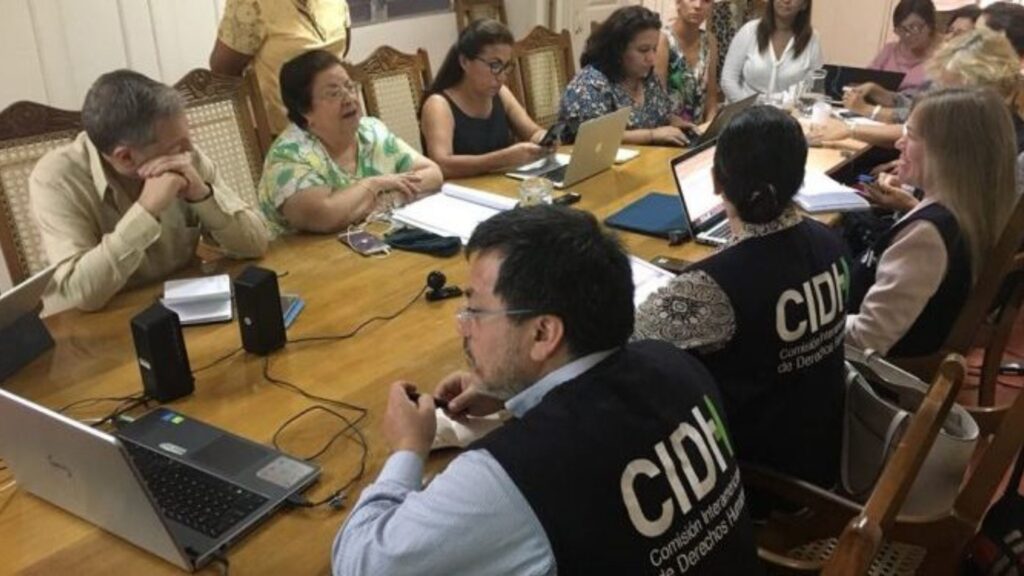As the practice of sustainability reporting has increased, mainly in the private sector, we have also seen the emergence and evolution of a series of standards, methodologies, tools and guidelines that have been developed to help organizations in this task. To all this, the concept of “double materiality” is currently added as an additional element to consider in this process.
And it is that, by carrying out a materiality analysis or study, the organization can identify, prioritize and determine which are the most relevant or significant sustainability issues to be included in its sustainability reports, derived from the impacts that its operations generate or could generate in the economy, society and the environment, contrasted with the expectations of its main interest groups and in a certain national, regional or sectoral context.
These material issues will be key to managing the organization’s sustainability; However, to have a comprehensive approach, it is also necessary to analyze materiality from a financial point of view, to understand how sustainability issues are affecting or may affect the economic performance or the operational and financial viability of the business in the short term. medium and long term, due to the risks, impacts and opportunities that these issues generate.
This analysis in both directions is known as double materiality, and that little by little is beginning to be adopted by a growing number of companies, which are often pressured by investors, shareholders or authorities, who are interested in having information on how The great challenges we face in terms of sustainability affect the performance of the business, its future cash flows and the value of the company, and therefore its investments or the organization’s ability to meet its various present and future obligations. .
In this way, a company that decides to carry out dual materiality, as one of the first steps in preparing its sustainability report, will be able to reflect a much more complete and balanced performance in terms of its operations and its environment, combining the materiality of impact and financial materiality.
Throughout this process it is important to consider the stakeholders and their expectations, so that they can be addressed or considered in decision making; as well as to the value chain, since it could be that the topics are material for its direct operations or for those that it does not control and that depend on third parties (suppliers, partners, distributors, dealers, etc.), and that they could present the greater risks and impacts in social or environmental matters.
Finally, the usefulness of a materiality analysis is not only in defining the contents of the organization’s sustainability report, but can also permeate its strategy, its way of operating, decision-making, as well as management in of the company under a comprehensive model that is financially, socially and environmentally responsible.
*The author is Director of the Faculty of Social Responsibility and Director of the IDEARSE Center of the Universidad Anáhuac México.
Twitter: @J_ReyesIturbide Y @Centro_IDEARSE
















